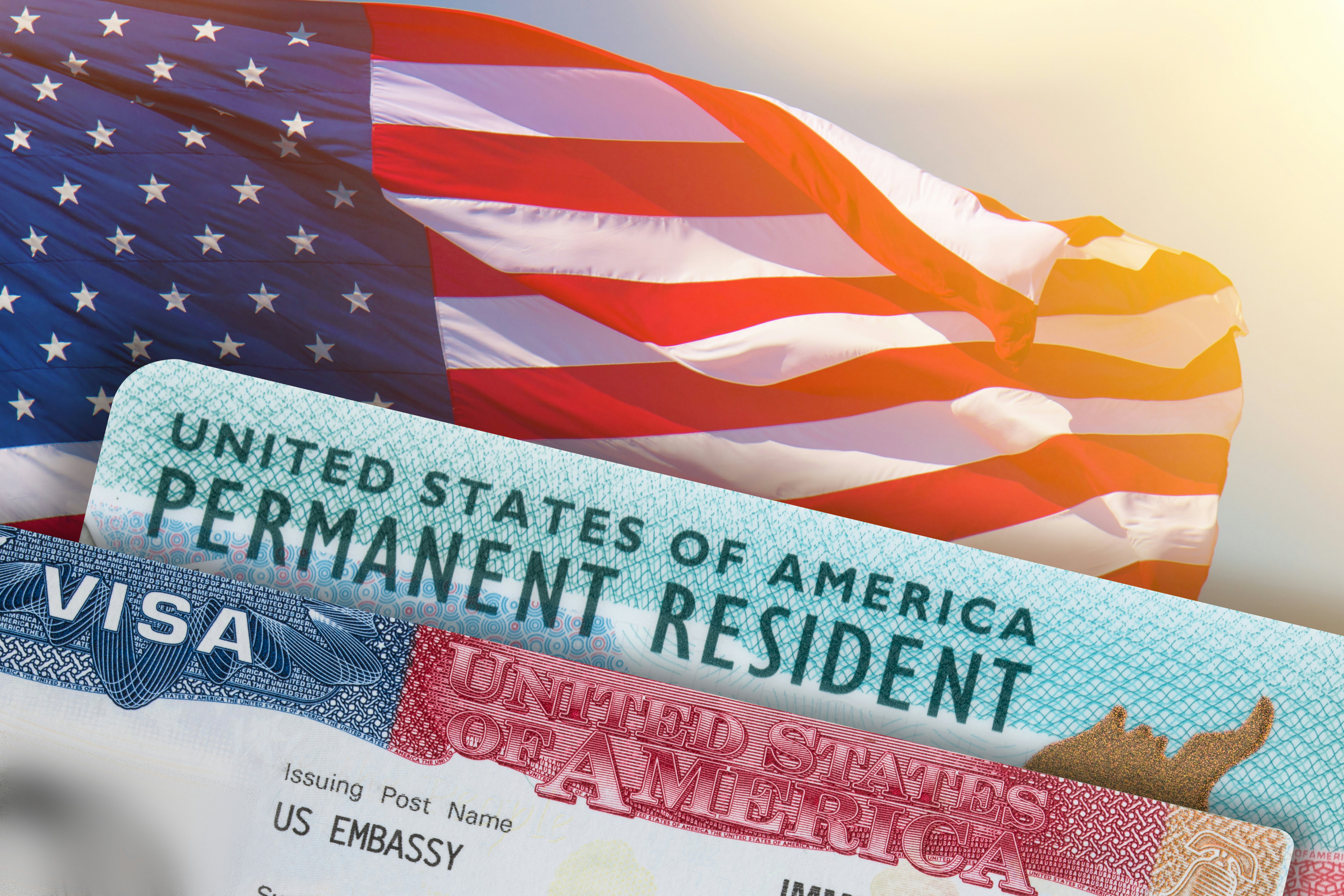In an effort to get more warriors into quality treatment for the invisible wounds of war, the George W. Bush Institute's Warrior Wellness Alliance connects veteran peer-to-peer networks with best-in-class care providers.
In an effort to get more warriors into quality treatment for the invisible wounds of war, the George W. Bush Institute’s Warrior Wellness Alliance connects veteran peer-to-peer networks with best-in-class care providers. Here’s how the Warrior Wellness Alliance is working to make a difference.
It’s focused on addressing the invisible wounds of war and reducing the barriers to care.
Dealing with the invisible wounds of war – including post-traumatic stress (PTS) and traumatic brain injury (TBI) – is a core issue for warriors and their families. Unfortunately, less than half of veterans with invisible wounds seek care, in large part due individual and systemic barriers. A study by the Bush Institute found that more than 80 percent of post-9/11 veterans thought that embarrassment or shame was a barrier to veterans seeking care for their injuries. But with effective care, invisible wounds can be overcome.
It leverages the power and reach of peer-to-peer veteran networks.
Peer-to-peer networks are organizations that bring veterans together for support, knowledge, resources, across a continuum of needs. By engaging in meaningful activity and community, and talking with one another and sharing common struggles, veterans in these groups can help break down the barriers that many warriors face in addressing many issues, including the invisible wounds of war. They can also serve as trusted “navigators” to encourage others to seek care when necessary.
It connects these organizations with high-quality care providers.
The Warrior Wellness Alliance bridges high-quality care providers, which focus on a range of mental and physical health care issues and treatments, with peer networks and researchers. These groups help fill gaps in government care and reach many who might otherwise go untreated. It will also improve the delivery of high quality care these veterans are receiving, as the organizations can share best practices, training opportunities and discuss challenges.
It seeks to increase the numbers of warriors in care.
By connecting peer-to-peer networks, researchers, and high-quality care providers, the Warrior Wellness Alliance intends to increase the number of warriors in care and promote health and well-being among post-9/11 veterans and their families.
It increases investment in research to identify more solutions for the invisible wounds.
By connecting various research communities and promoting collaboration, the Warrior Wellness Alliance hopes to increase investment in research that leads to better diagnostics and treatment approaches for the invisible wounds of war.
Often times, veterans and their families don’t know where to turn to find quality care providers and effective peer-to-peer networks. The Bush Institute Warrior Wellness Alliance is one of the only tools that bridges that gap and breaks down those barriers. If you know a veteran who is transitioning out of military service and needs support, encourage them to visit www.bushcenter.org/veterans to learn more about the Warrior Wellness Alliance and find helpful resources.






























